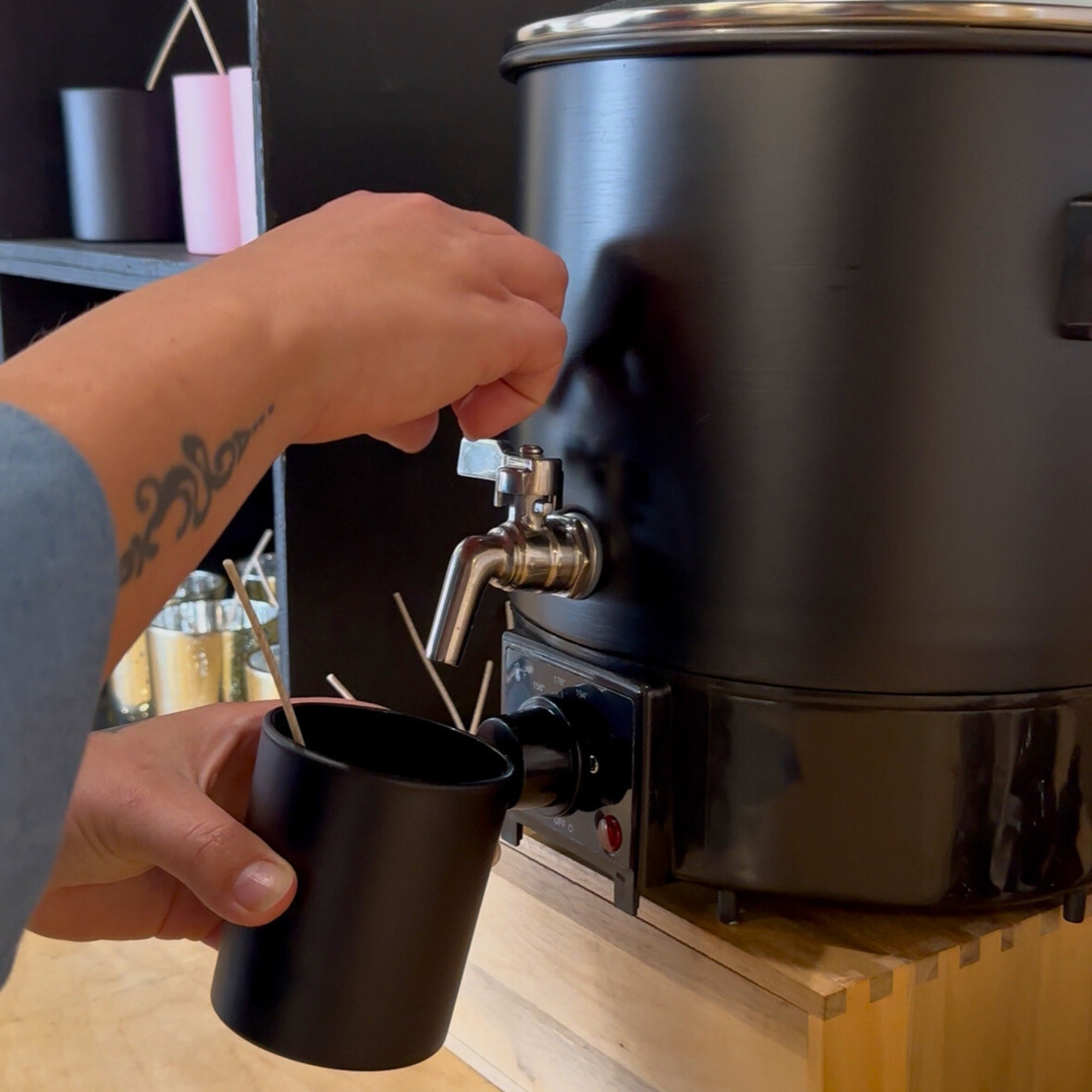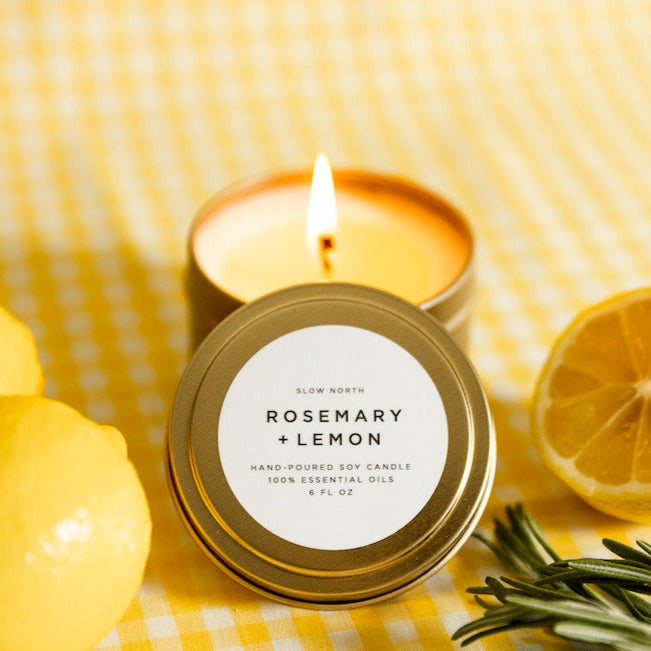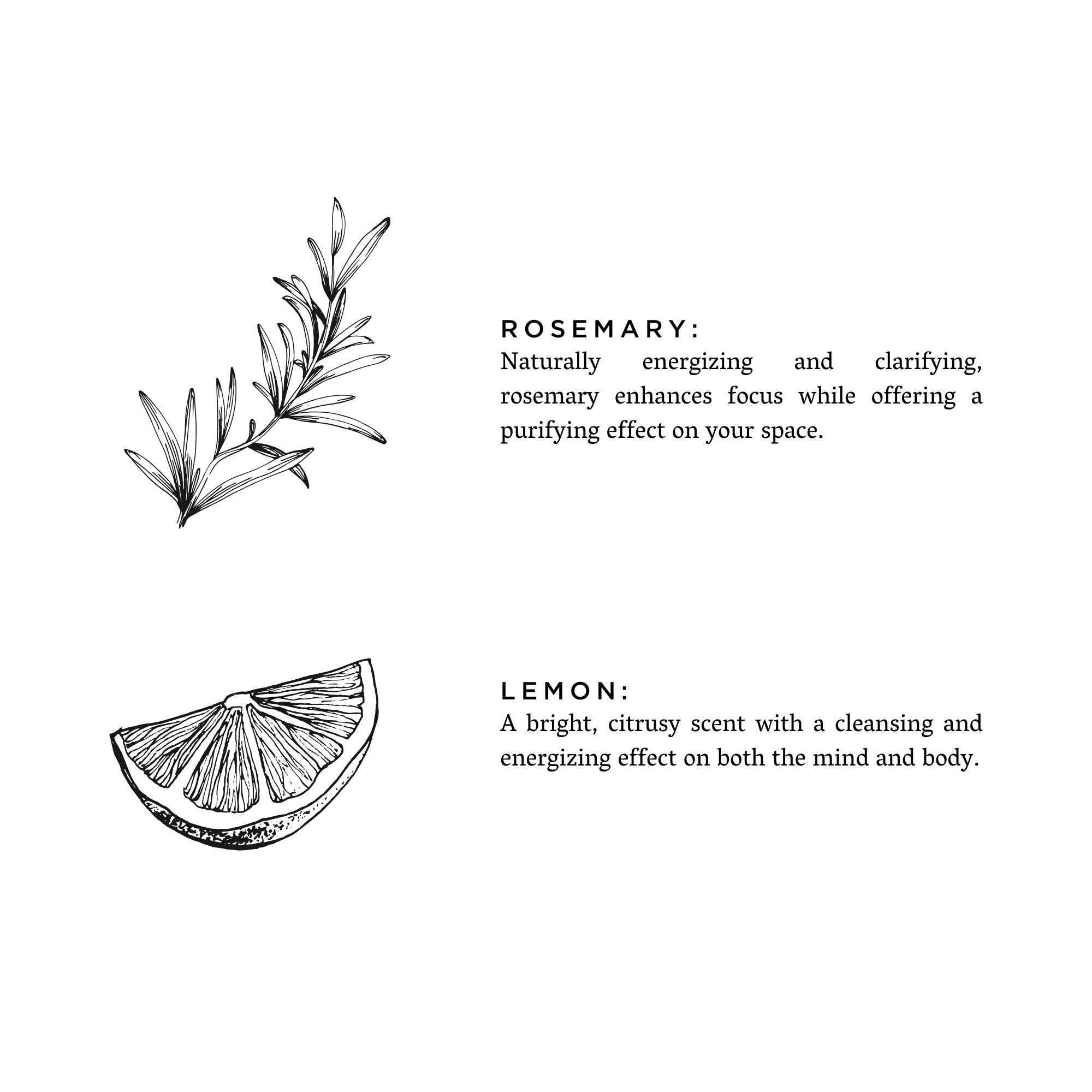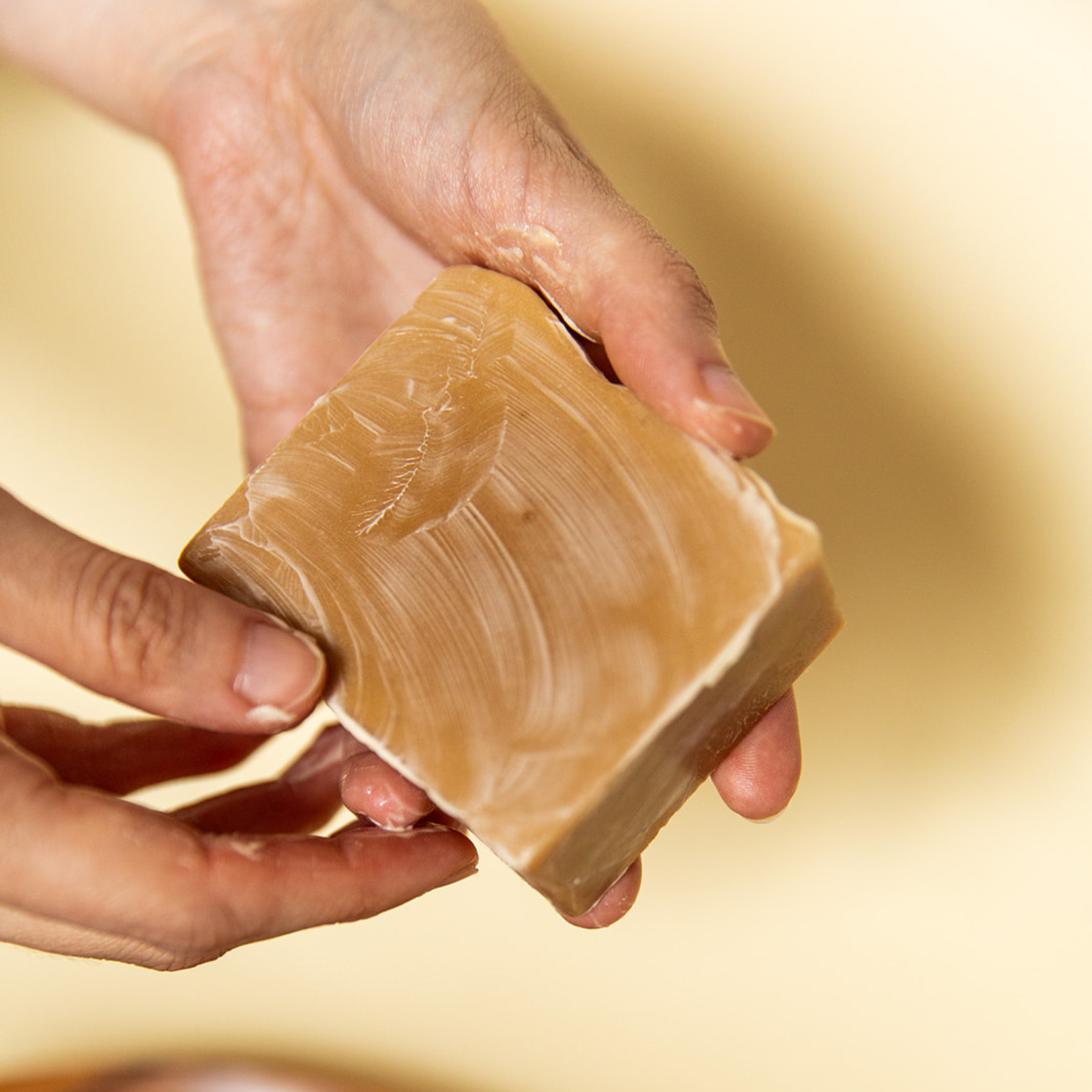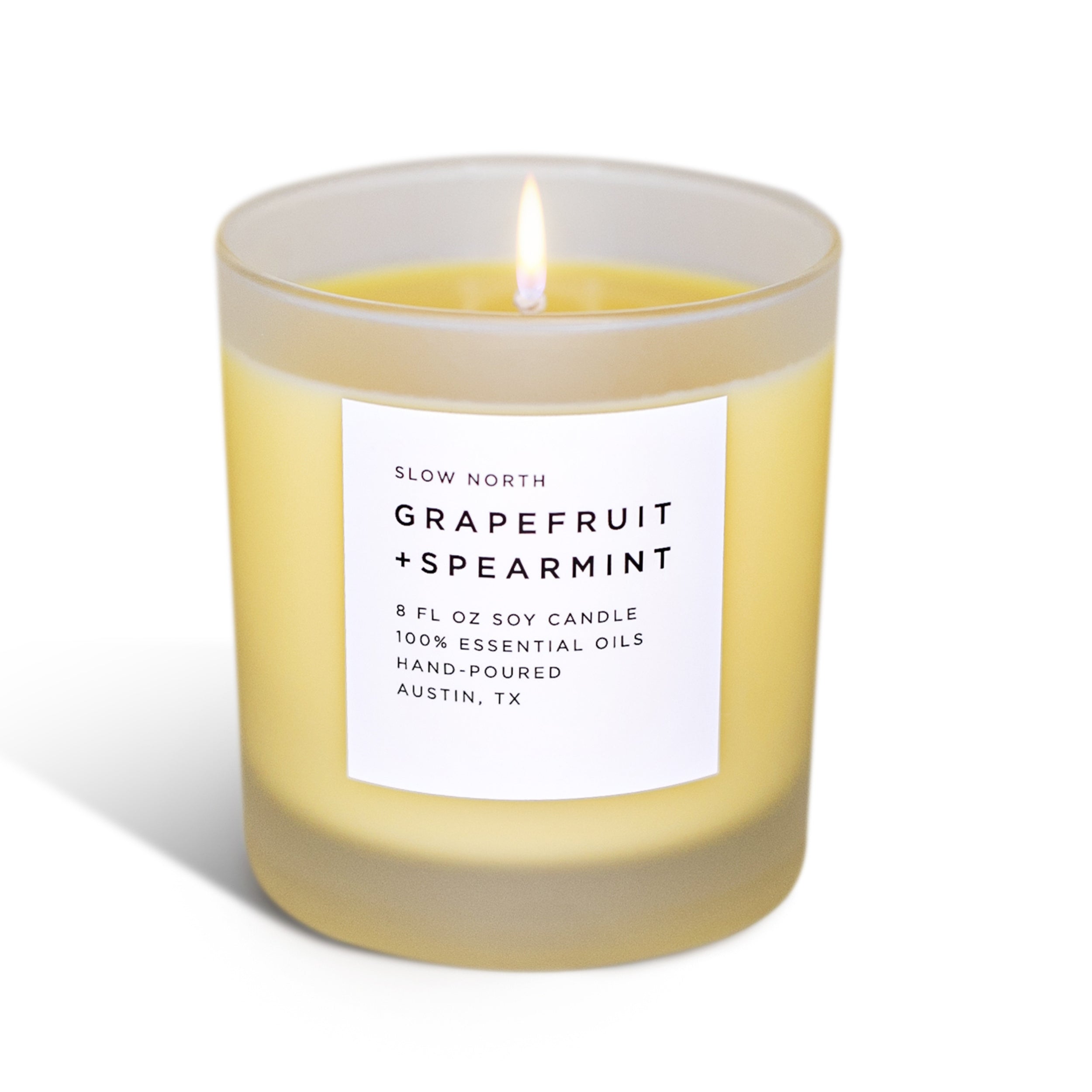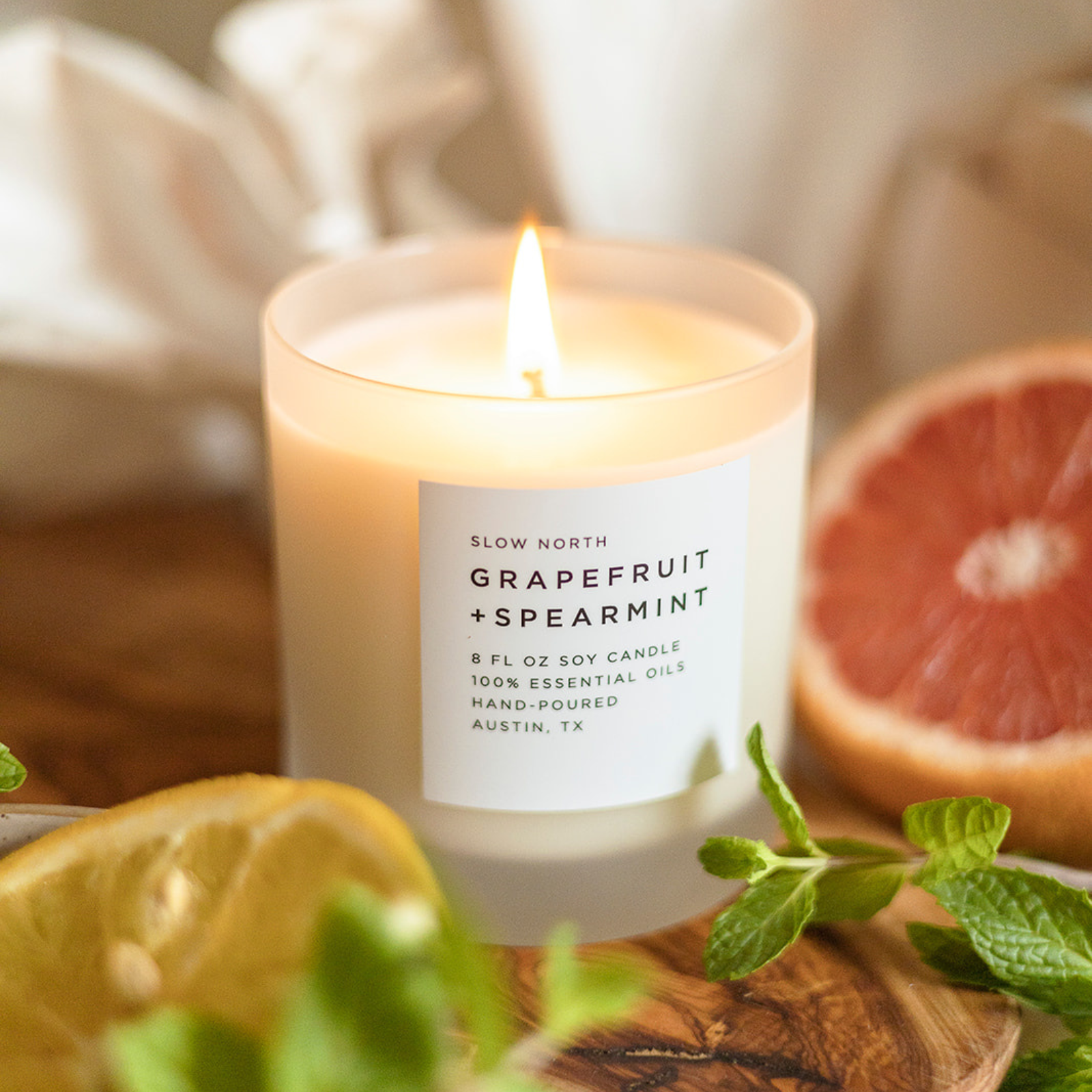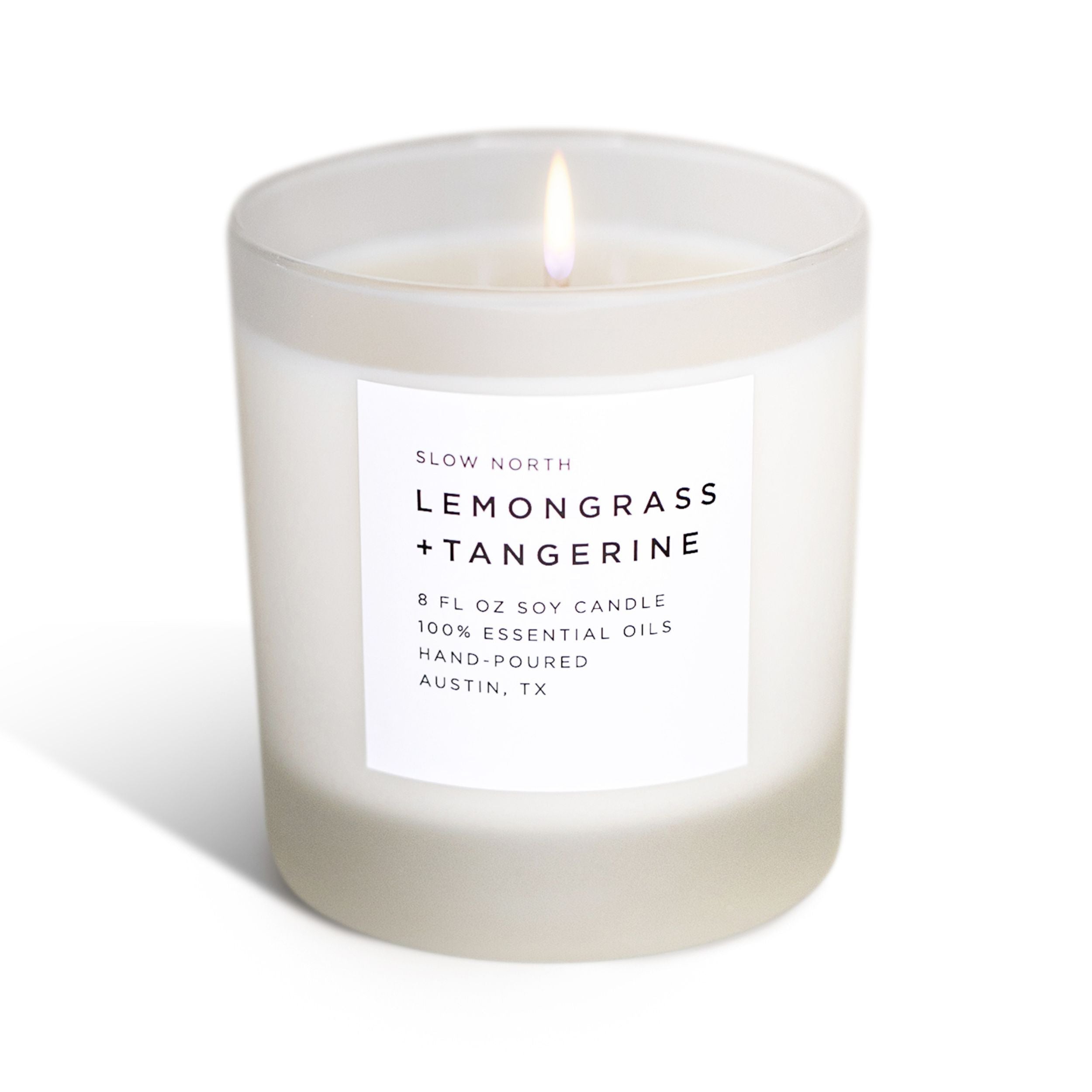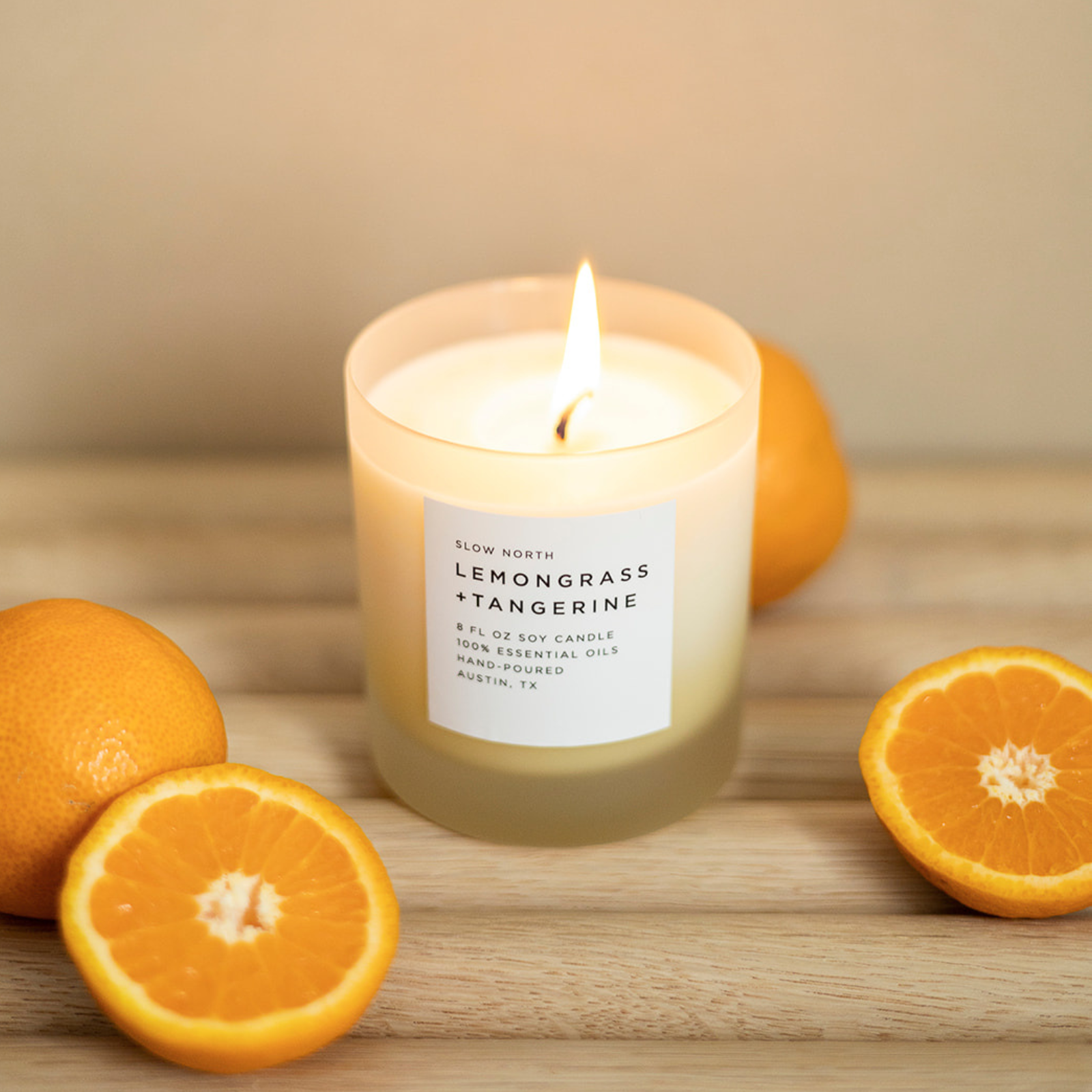
Back in 2019, I was your typical yes man. (Well, woman.) There wasn’t a single weekend that I wasn’t saying yes to invites to bars, buzzy restaurants, or afternoon beach getaways with friends. Maybe it had something to do with the fact that I was 24 and living in Los Angeles, but there was something else responsible for my constant need to be involved: FOMO.
FOMO, or the fear of missing out, is a phenomenon that was first coined in the early 2000s by marketing strategist Dan Herman. It describes the strange, pit-in-your-stomach feeling you get from knowing your friends are out having fun and you’re not. Once social media dawned a few years later, FOMO swiftly became a hallmark of the digital age, characterized by watching ruefully from online (at home, in sweatpants) while your friends are living large.
In 2020, however, everybody was suddenly missing out on what they’d planned for the year. We grieved the trips, concerts, holiday gatherings, and housewarming parties we’d lost to global lockdown mandates. But as the world collectively hunkered down and confronted their feelings of FOMO together, I began to realize: maybe missing out really isn’t that bad after all. My feelings of FOMO were slowly but surely replaced with feelings of JOMO — the joy of missing out.

Why JOMO?
The joy of missing out is best described as the pleasure of taking a break from socializing to enjoy personal time. And because we live in the digital age, we’ll consider social media use as socializing, too.
Humans are social creatures. We’re meant to connect with friends and family, bask in each others’ company, and meet new people throughout our lives. However, intentionally taking a break from the hustle and bustle of your social life will do wonders for your mind, body, and spirit. It can help you recharge an exhausted social battery, reduce anxiety levels, and clear social media-induced brain fog. JOMO is giving yourself permission to take a break from commitments and put your own needs first — without the fear of feeling like you’re missing out on valuable experiences.
Tapping into your sense of JOMO isn’t always easy, especially if you’re a natural extrovert or simply don’t want to disappoint people with a no. But if you’re feeling like the candle is burning from both ends, it might be time to pause and introduce some JOMO into your life. For some of you, it might feel a little weird to spend a Saturday night alone in a candle-lit bath at first — but as with anything, practice makes perfect.

How To Fully Embrace Your JOMO
1. Disconnect from your devices.
This seems like a no-brainer, but really: shut them all the way off, or at least put them in airplane mode. It’s too easy to get distracted by notifications and find yourself scrolling through Instagram stories. An important component of JOMO is not comparing your life to others, and the best way to do that is to take a break from looking at social media.
2. Practice saying no.
Saying no is never easy, especially when we're saying no to people we love. But learning how to draw respectful boundaries is key to overcoming the fear that you’re missing out. Think of it this way: your “no” to a night out is actually a “yes” to self-care in disguise.
3. Enjoy your own company.
How do you like spending time with yourself? Sometimes I take myself out on little dates to a coffee shop or on a hike — someplace where I can genuinely enjoy hanging out with just myself.

If being alone in public feels a little lonely for you, try creating an environment at home where you can relax in your own company. Maybe that means cooking for yourself or drawing a candle-lit bath. It’s up to you what this looks like!
4. Create something for the sake of creating.
FOMO is sometimes induced by the fear that we’re not being productive or doing enough with our free time. Our need for productivity is an entirely separate issue to unpack, but in the meantime, there are small steps you can take to mitigate the feeling. Try creating something — a painting, a poem, a new dish — and don’t post it online or feel the need to monetize it. Instead, stay present in the creative process and know that you’re allowed to create things without an economic end goal. It’s not wasted time if you enjoyed it.
5. Catch up on that thing you’ve been meaning to.
Whether that means finally binging the last few episodes of your favorite TV show or catching up with a friend, harness your sense of JOMO to keep your promises to yourself.
2020 was the year of quarantine, and 2021 might have been the year of finally going out and socializing again. In 2022, let’s find a healthy balance between spending quality time with loved ones and with ourselves — letting the joy of missing out guide our intentions.
Cecilia Seiter
Cecilia is a freelance writer and contributor to Slow North. She writes largely about sustainability, especially as it applies to beauty, wellness, and the future of technology. She is a graduate of the journalism department at Cal Poly, San Luis Obispo and is based in Oakland , CA.









